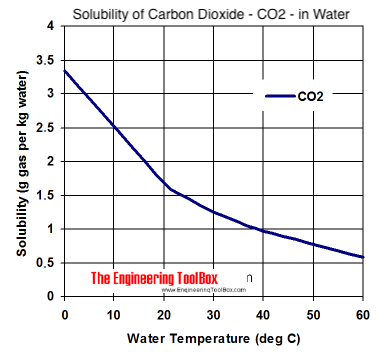so I was on vacation outside the country and got to sneak in a couple of yeast packages, and can't wait to put them to work.
but here's an interesting thing I found out. I brewed a batch before I went for vacation, a week after bottling I put two bottles in the fridge and kept the rest of the batch in the kitchen. when I came back after 45 days I opened a bottle from the fridge and it was way overcarbonated, when I poured it into a titled glass I got 90% percent foam!
I chilled a bottle that was sitting in the cupboard and it was slightly undercarbonated. so I guess the key here is the amount of time in the fridge. I guess it has something to do with the solubility of CO2 in the beer.
so I just wanted to share this with you guys.
but here's an interesting thing I found out. I brewed a batch before I went for vacation, a week after bottling I put two bottles in the fridge and kept the rest of the batch in the kitchen. when I came back after 45 days I opened a bottle from the fridge and it was way overcarbonated, when I poured it into a titled glass I got 90% percent foam!
I chilled a bottle that was sitting in the cupboard and it was slightly undercarbonated. so I guess the key here is the amount of time in the fridge. I guess it has something to do with the solubility of CO2 in the beer.
so I just wanted to share this with you guys.



